Not all soccer balls are created equally as there are a whole host of different ball sizes, ball types and unique ball brands at play.
Consumers need to be particularly conscious of the fact that every manufactured soccer ball requires a certain level of air pressure to provide an optimal playing experience.
In today’s article, I’ll be answering some of the most commonly asked queries that pertain to soccer ball pressure, because lots of misinformation still lingers around this popular topic area.
So, let’s kick things off!
How much air pressure should a soccer ball have?
Soccer’s world governing body – FIFA – developed an all-encompassing Laws of the Game document that goes through all of the rules and regulations that dictate how the sport should be played.
Within that publication, there is a specific section that covers everything to do with “the ball”.
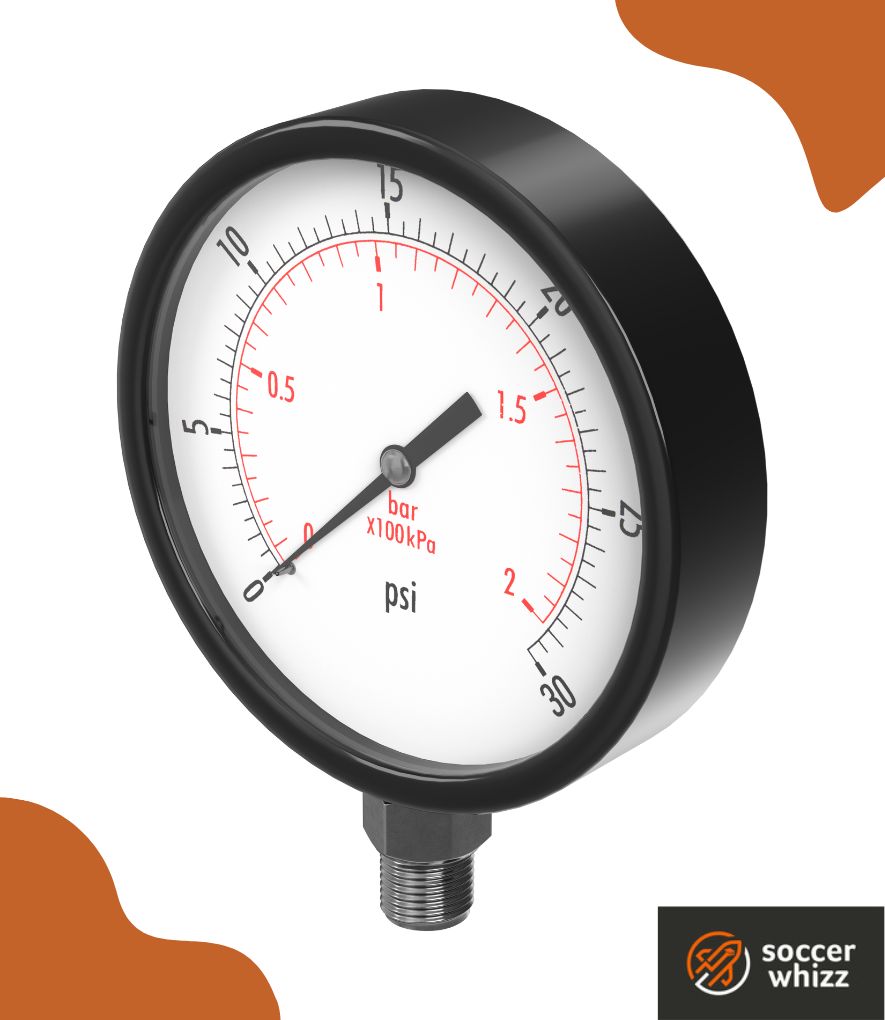
Under it, the expectation is that soccer balls should be spherical and inflated to an air pressure level that ranges between 8.5 PSI and 15.6 PSI.
In fact, here’s the official quote:
“All balls must be of a pressure equal to 0.6 – 1.1 atmosphere (600 – 1,100 g/cm2) at sea level (8.5 lbs/sq in – 15.6 lbs/sq in)”
Source: Law 02 of the Laws of the Game document

Want to test your knowledge on soccer ball care?
Take the quiz by clicking the button below and see just how informed you truly are!
Note - You'll need to enter your email address to see the final results.


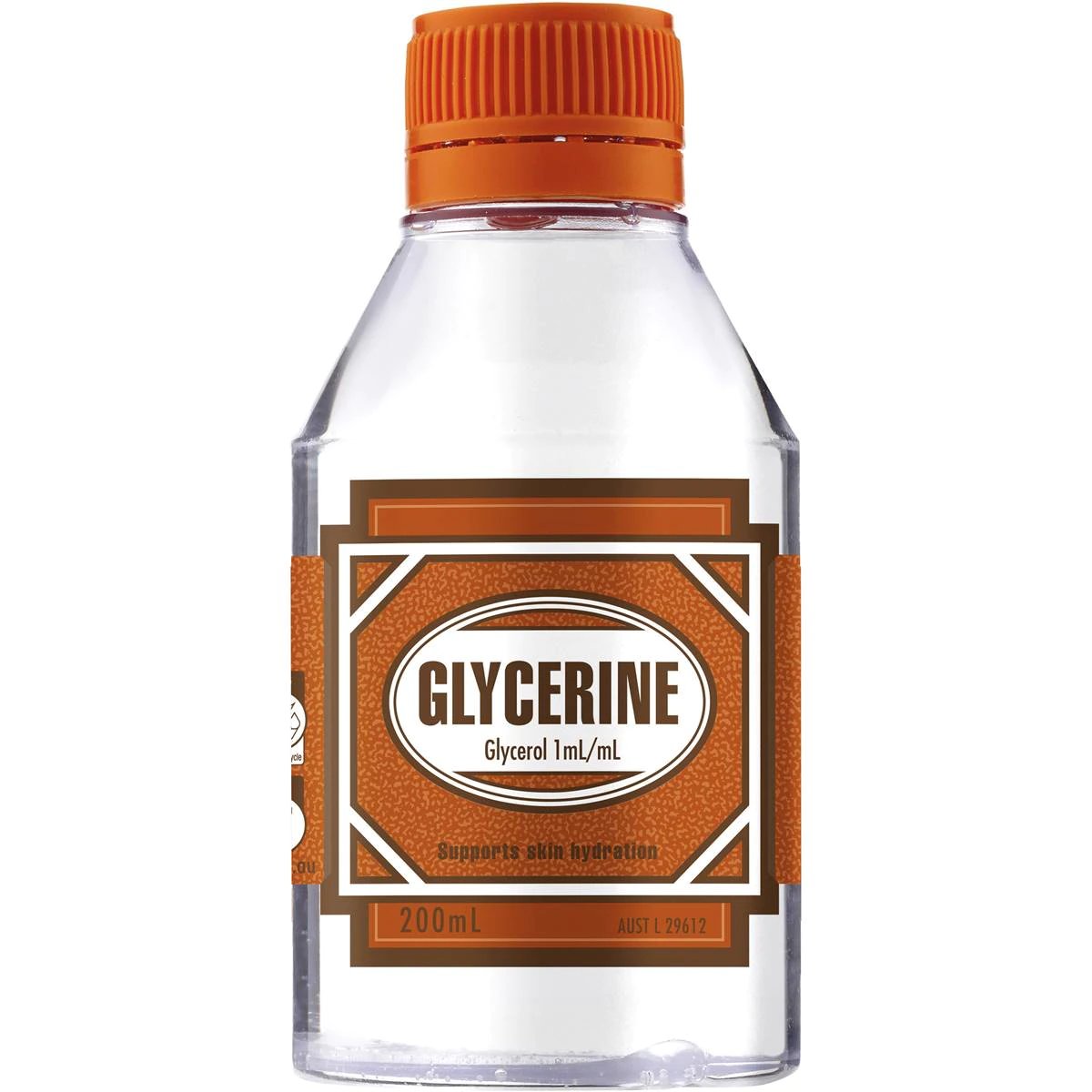
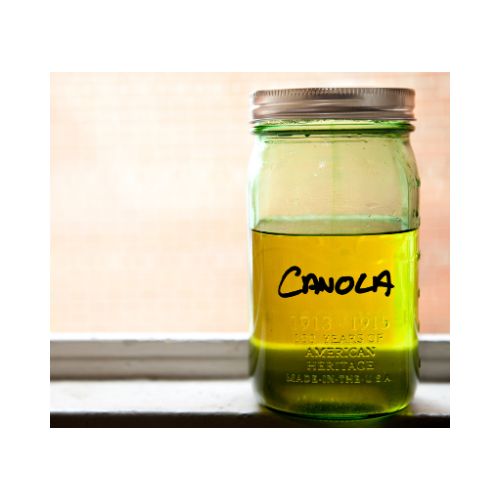


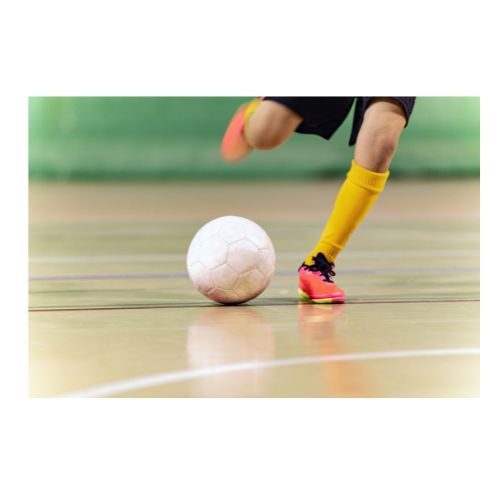





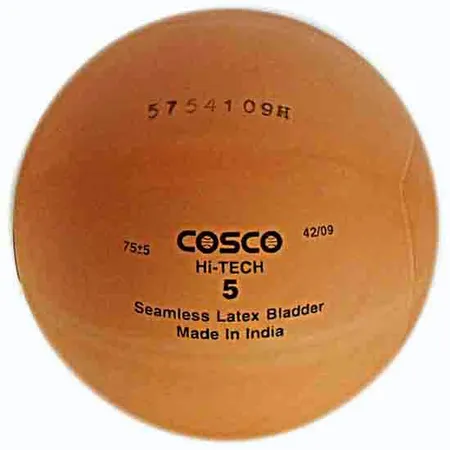

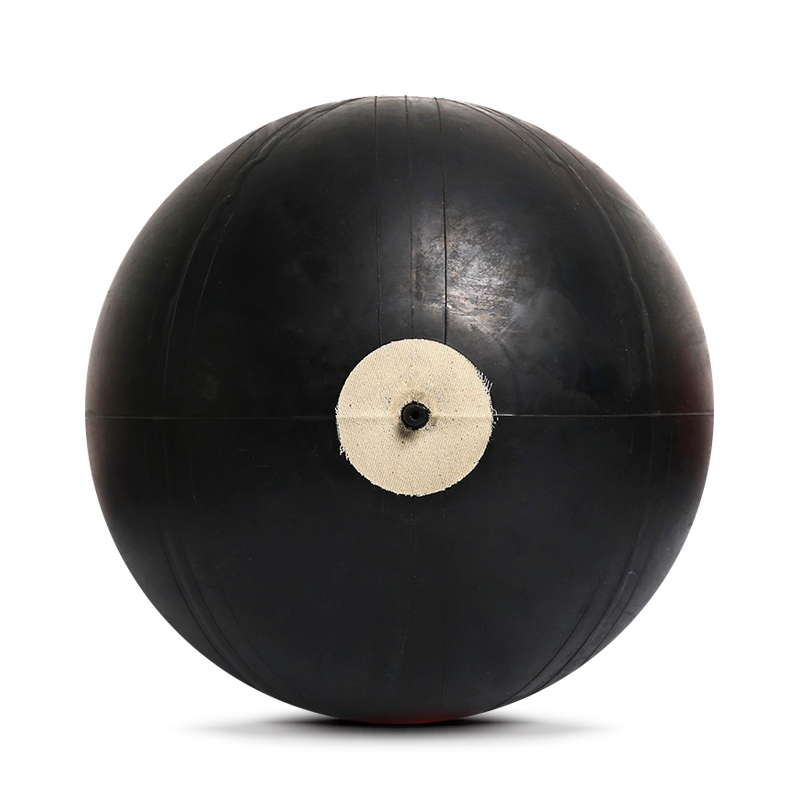



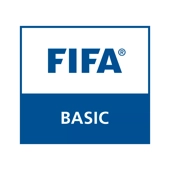





What are the air pressure requirements for each ball size?
You’ll probably note that the above definition for soccer ball pressure is a bit generalised as it doesn’t specify the exact inflation level needed for each size of ball.

So, I decided to take things a step further by creating a simple soccer ball psi chart that gives you the sort of detail that you’re looking for.
Here it is:
| Ball Size | Recommended psi | Use Case |
|---|---|---|
| Size 1 | Less than 6 | Toddlers and kids |
| Size 2 | Less than 6 | Kid play |
| Size 3 | 6 to 8 | Casual kickabouts |
| Size 4 | 8.5 to 11.6 | Training games and futsal |
| Size 5 | 8.5 to 15.6 | Professional match standard |
From this you can see that a size 4 soccer ball should have an air pressure of between 8.5 PSI and 11.6 PSI, whilst the range for size 3 decreases even further (between 6 PSI and 8 PSI).
Size 1 and 2 soccer balls are so small that an air pressure of below 6 PSI is sufficient to keep them well inflated.
Which units are used for measuring soccer ball pressure?
If you’ve been paying close attention throughout the article, you’ll have seen that I’ve frequently used the PSI metric to measure soccer ball pressure.
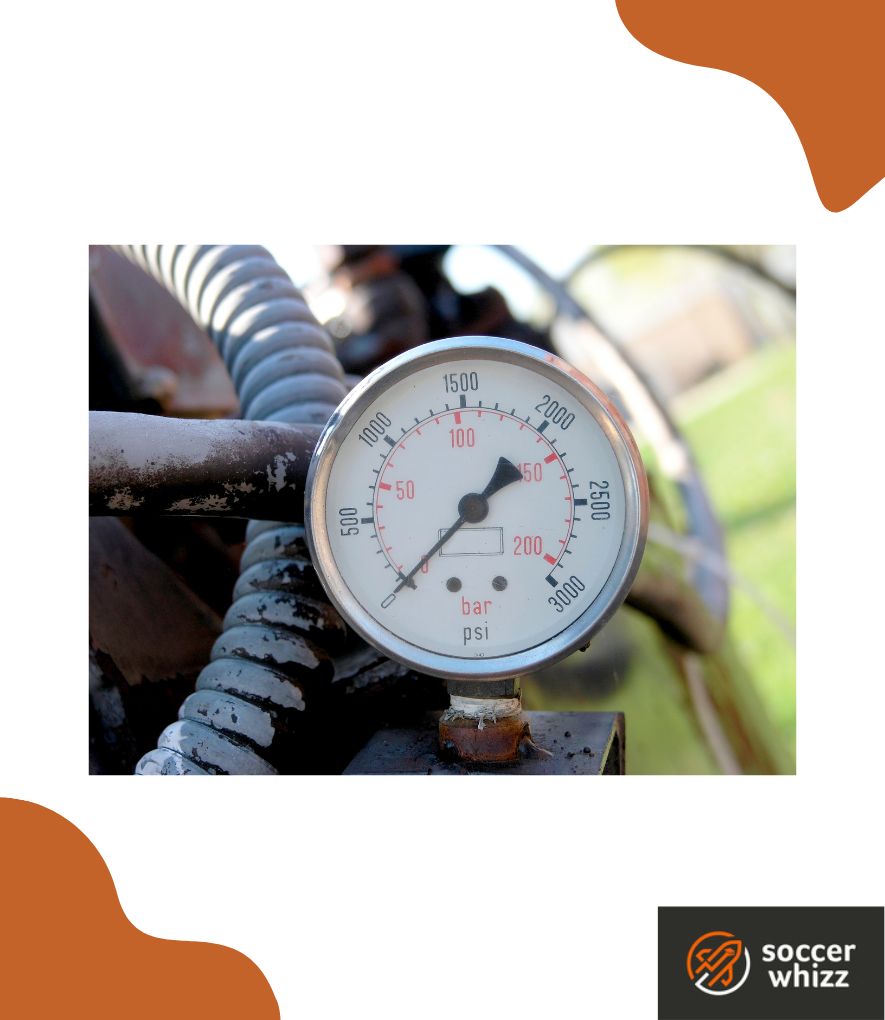
PSI stands for pounds per square inch and it is used as a unit of pressure to denote the pounds of force that are exerted on particular square inches of area.
Another unit for measuring soccer ball pressure is the bar.
Because it is not a part of the International System of Units (SI), you won’t come across it very often.
Although, the bar unit does feature quite heavily when it comes to the subject of meteorology, as atmospheric pressure is measured using an item called a barometer.
How to convert bar units to PSI units (and vice-versa)
The easiest way to go about this would be to conduct a simple Google search for bar to PSI conversion.
Doing this should bring up an easy-to-use online conversion calculator that looks like this:
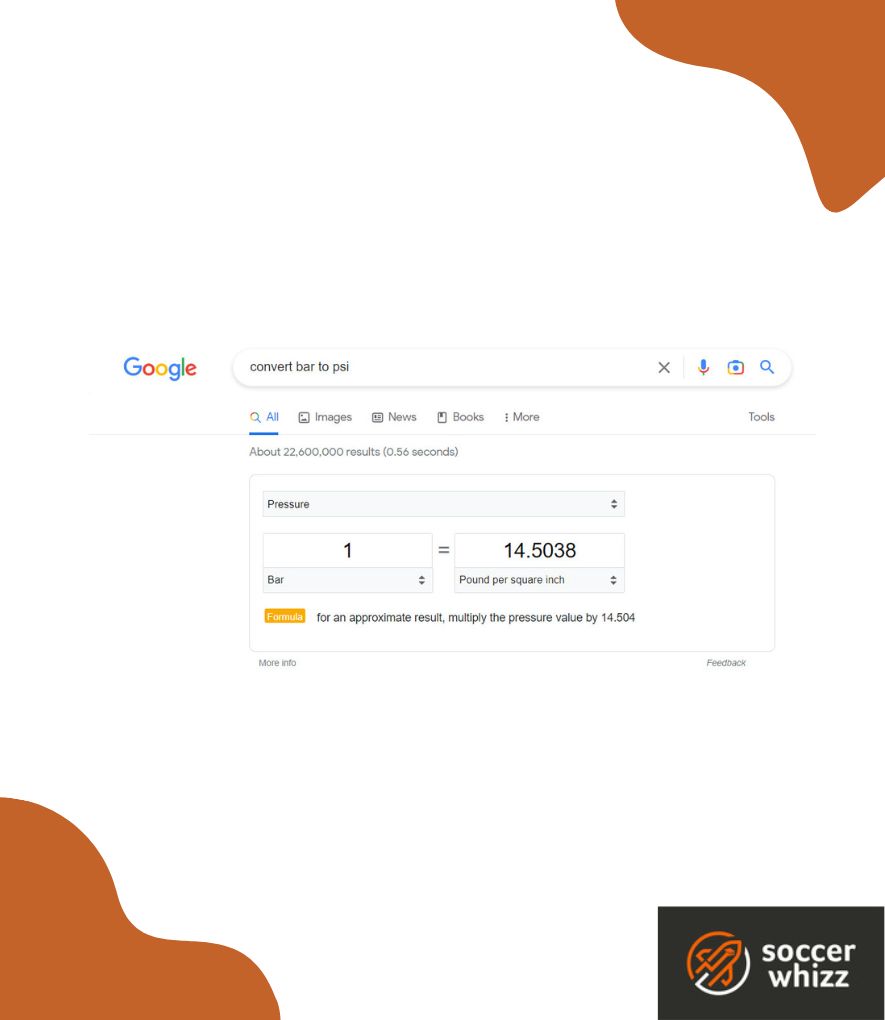
As you can see, 1 bar is equal to 14.5038 PSI.
If I take the example of an object that’s filled up to 6 bars, I’d get an approximate PSI value of 87 by way of multiplication.
On the flip side, if you wanted to get a bar reading from a PSI measurement, you’d simply divide the PSI pressure value by 14.504.
How do you know if a soccer ball is properly inflated?
Pumping up soccer balls to the correct pressure level is more important than people think.
The reason for this is because if you exceed the recommended air pressure limit, you’re highly likely to end up with a lop-sided ball that takes up an uneven shape.
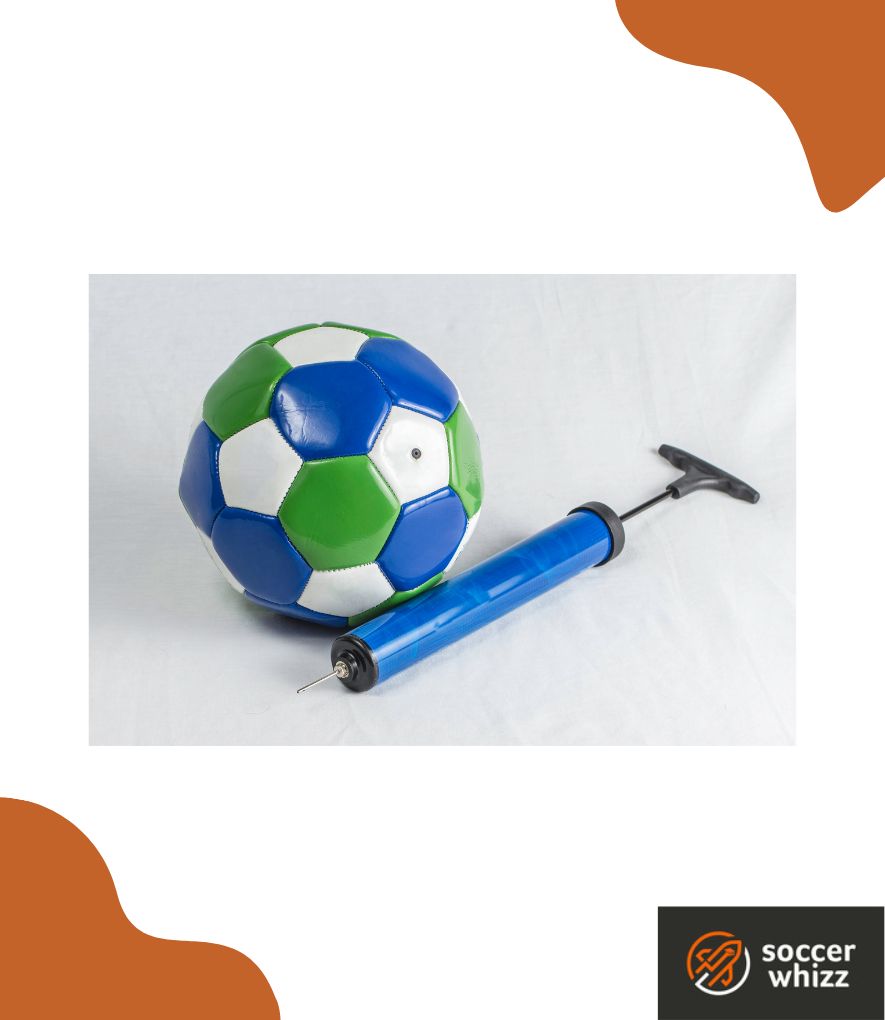
Due to the fact that the inside bladder of soccer balls is either made from soft latex or rubber, they are easily expandable.
And this can lead to the bladder protruding outside the leather surface covering of the ball if the stitches that keep the shape together are torn because of over-inflation.
If you decide to play with such a ball, you’re bound to be frustrated at the unpredictable bounce behaviour that it exhibits.
Conversely, getting an under-inflated soccer ball to travel over a great distance and at considerable speed is a monumental task.
So, how do we keep things in check?
Well, there are three methods that you can use to verify that your soccer ball is properly inflates.
I’ll now talk about each one in turn.
1. Using an air pressure gauge
The best way to ensure that a soccer ball is properly inflated to the correct pressure is by making use of an air pressure gauge.
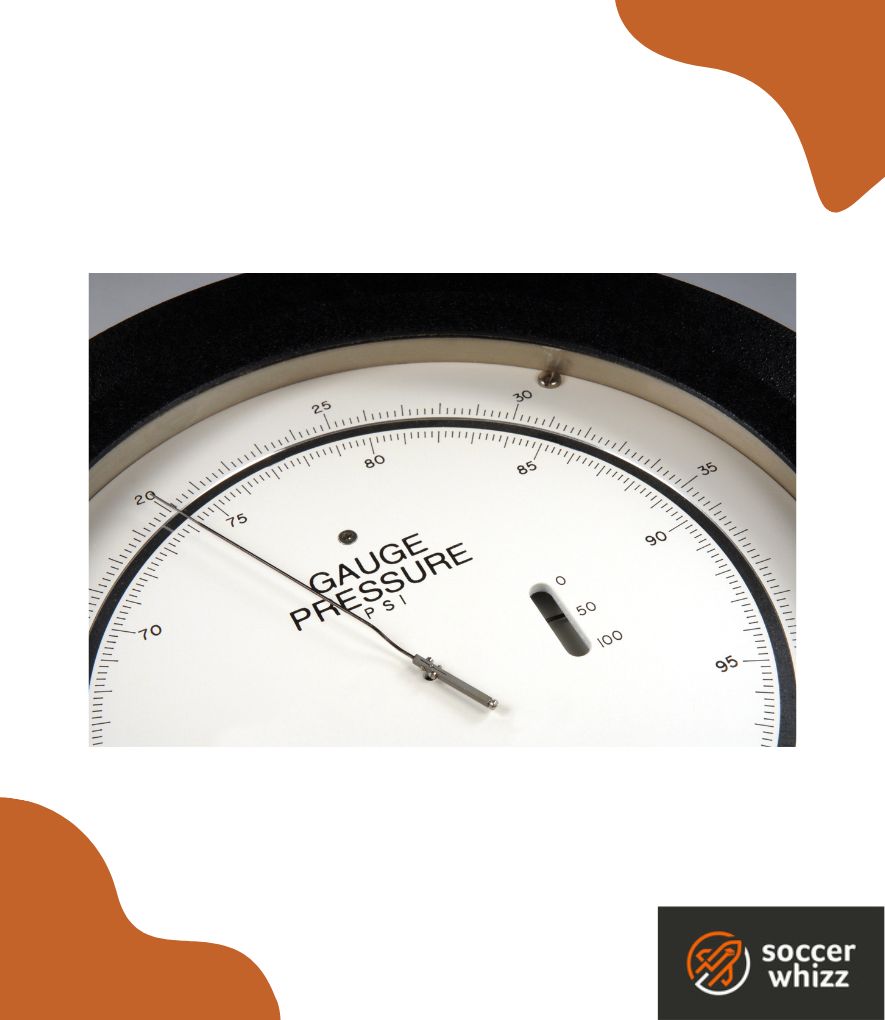
After inflation with either a manual soccer ball pump or an electronic pump, you can use a pressure gauge to measure the exact PSI or Bar level of the ball.
Most air pressure gauges are analog, but there are newer versions being made with digital technology that give more precise air pressure readings.
2. The bounce test
Now I wouldn’t recommend this method over using a certified and tested air pressure gauge.
But there are bound to be times in life when you simply don’t have access to one.
I’ve come across a few websites that suggest dropping your soccer ball from a height of 80 inches and seeing how high it reaches upon initial bounce.

If it manages to successfully rebound up to a height of between 45 and 65 inches, then it’s relatively safe to say that the ball is adequately inflated.
Another alternative yardstick is that a sufficiently inflated soccer ball should be able to bounce up to a distance of approximately two-thirds of the original height that it was released from.
3. The squeeze test
Finally, we have the most practical method called the squeeze test.
On a personal level I’ve witnessed so many referees at lower-league levels doing this before the start of soccer matches to check if the match ball is up to task.
It basically involves using one’s hands – particularly the tip of the fingers – to press certain parts of the ball with enough force to see whether the shape holds true.
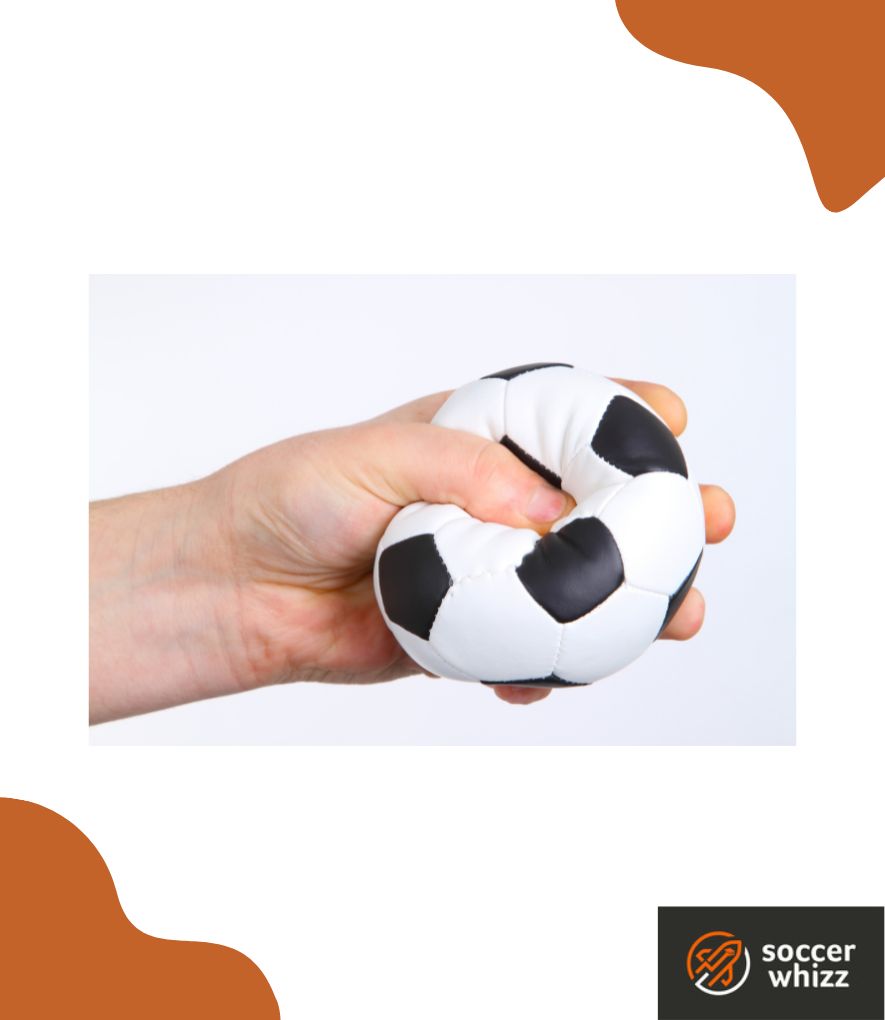
In cases the outer surface sinks in upon pressing, you’ll know that the ball needs a little bit more air pressure.
Now this technique probably wouldn’t be acceptable at the higher ends of the competitive scale (i.e. World Cup and Champions League finals).
But with a bit of “squeeze experience” under the belt, a person can gradually develop a keen sense for what sort of inflation level feels right on different types of soccer balls.
Closing thoughts
I hope you’ve been able to learn a lot about soccer ball pressure.
As I previously explained, getting the inflation levels just right has a positive knock-on effect on the overall match experience.
Before you go, I’ll leave you with a video overview of this topic that does a great job of mixing and matching my thoughts and presenting them in a neat and orderly manner.
Here it is:
With all that in mind, go and grab yourself a quality soccer ball, inflate it and step onto the pitch!
Finally, before you go, you should check out our eBook on Soccer Ball Care.
Within this monster of a resource, we tackle all there is to know about looking after a soccer ball and maximising its useful life right from when you purchase this type of product.
This eBook covers a plethora of different topics, such as:
- soccer ball construction;
- inflation and pressure management;
- cleaning and maintenance;
- soccer ball storage; and
- how to extend the useful life of your ball
In just a couple of hours, you’ll have more knowledge on what is good and bad for your soccer ball than you could ever fathom!
You’ll learn how to inflate your soccer ball to the correct level of air pressure based on the size of ball you have, as well as know how to clean and store your soccer ball properly after games.
But I don’t think there’s anything better than being able to effectively troubleshoot problems with your soccer ball and fix them yourself!
So, you can finally take care of your soccer ball for many months to come, which without a doubt will save you time and money as won’t be searching for and buying a replacement any time soon.
With just one click…
Grab yourself a copy right now for only $29!
If you enjoy the content that I create and would like to buy me a coffee, then I’d really appreciate it!
Any money that I earn through this donation will be re-invested into more content for this website.
Additionally, by sending in a donation you’ll also receive a copy of my recently released 190+ page eBook on Soccer Ball Care, as well as be subscribed to our mailing list where you’ll be regularly informed on the latest developments concerning the Soccer Whizz blog.
- Future Icons: Europe’s Emerging Midfield Maestros Set for Glory - December 4, 2023
- Kickstarting a Revolution: How Soccer Transformed the United States Over the Last Four Years - October 7, 2023
- 4-1-4-1 Soccer Formation [Analysis] - September 23, 2023


